Table 1.
Molecular structure, mechanisms of action and efficacy of new drugs tested in GBM in vitro or in vivo.
| Name | Structure | Molecular Formula | Mechanism | Overall Survival (OS) | References |
|---|---|---|---|---|---|
| Tamoxifen |
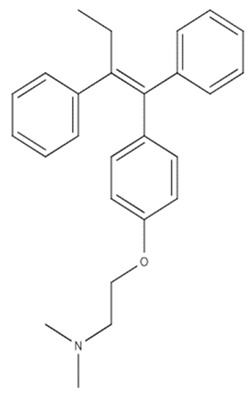
|
C29H35NO2 | OHT causes GBM cell death via an autophagy-related mechanism. | 17.5 months | [178,179] |
| Agathisflavone |
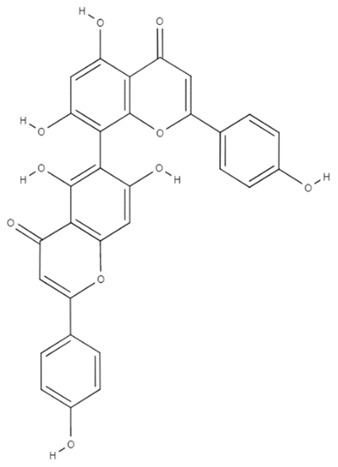
|
C30H18O10 | The drug decreased microglia neuroinflammation and reduced microglia and neuron neurotoxicity. | Not tested in humans | [176] |
| Mifepristone |
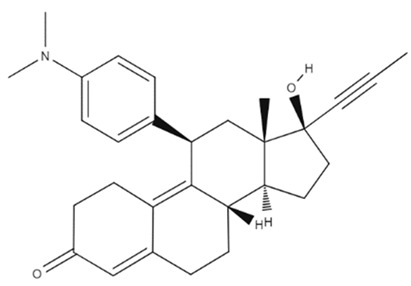
|
C29H29NO | The drug binds to progesterone and to glucocorticoids receptors. Resulting in a reduction of progesterone-dependent genes. | Not tested in humans | [169] |
| Metformin |
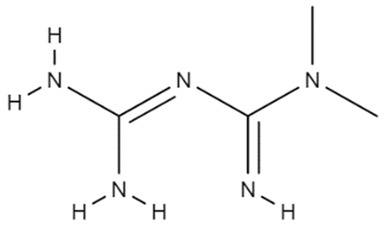
|
C4H11N5 | The drug down-regulates SOX2 expression in vitro, reduces the formation ability of glioblastoma cells, and blocks GBM xenograft growth in vivo. | Not prolong OS | [176,177] |
| Ko143 |
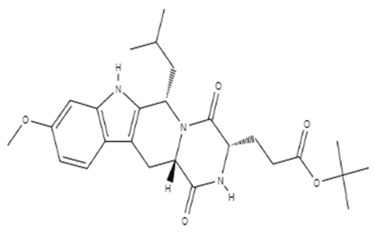
|
C26H35N3O5 | The drug could improve TMZ efficacy and may be a great inhibitor for P-glycoprotein. | Not tested in humans | [182,183] |
